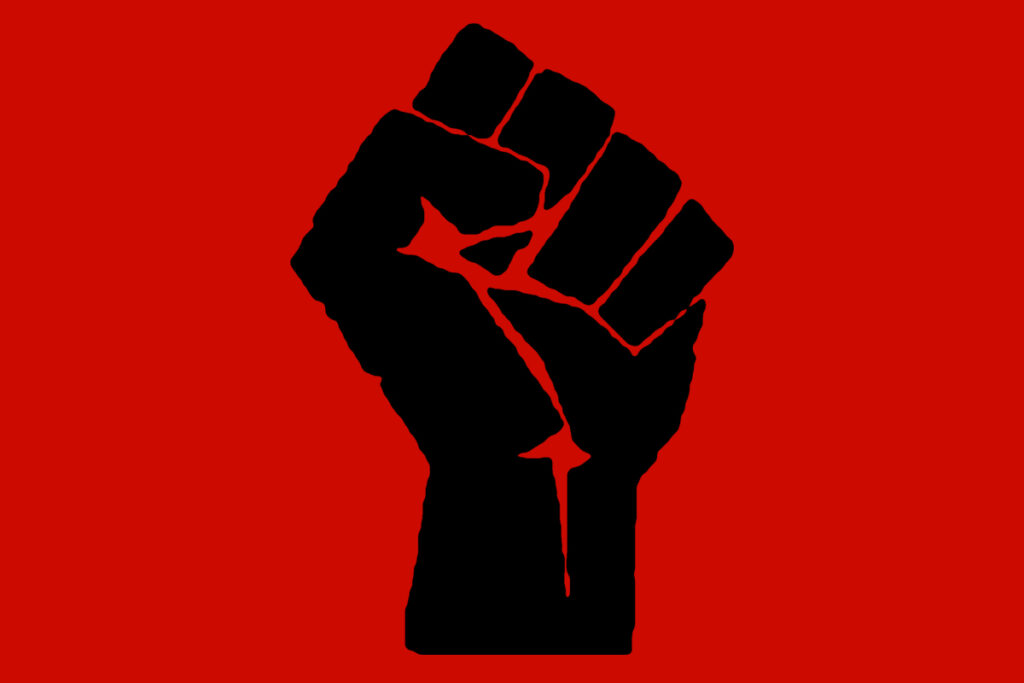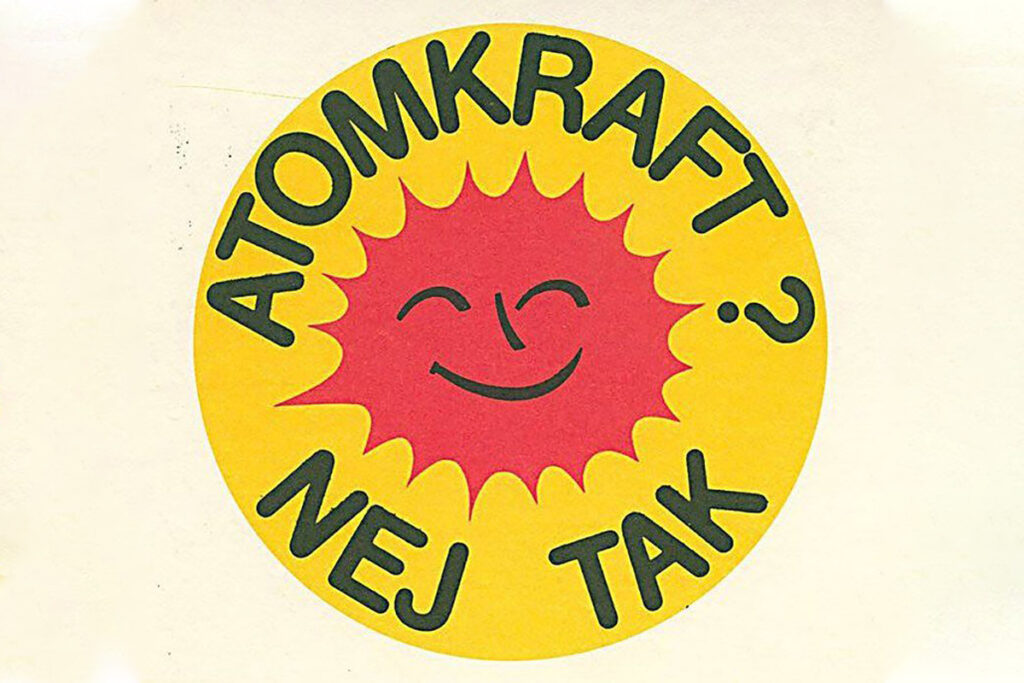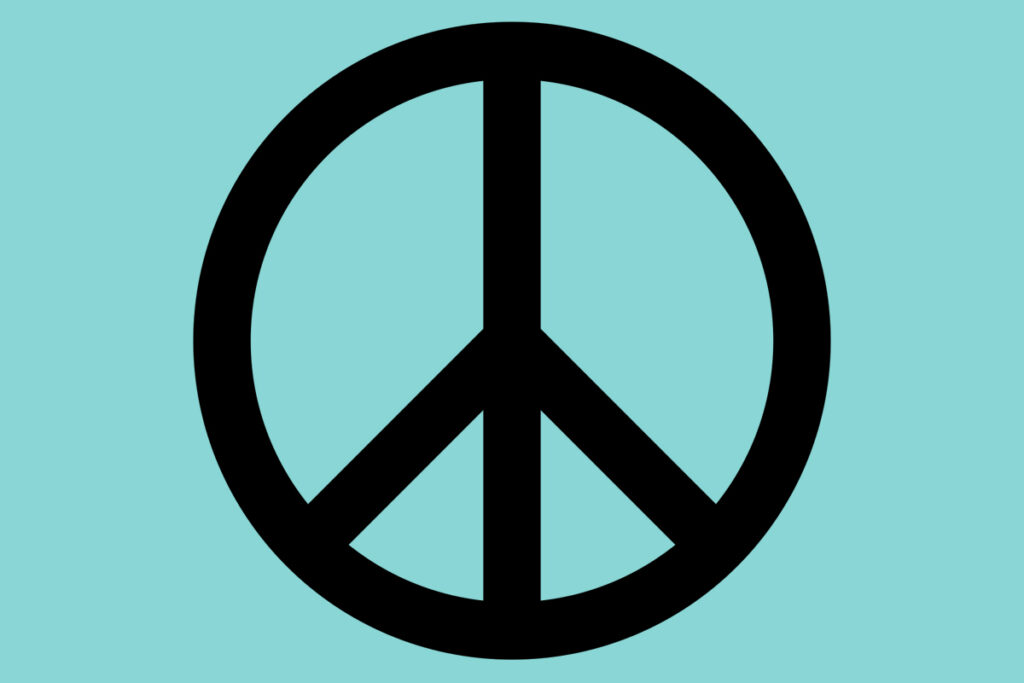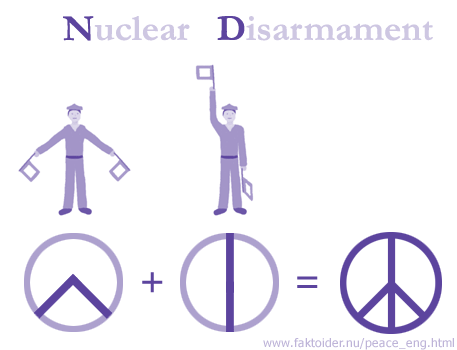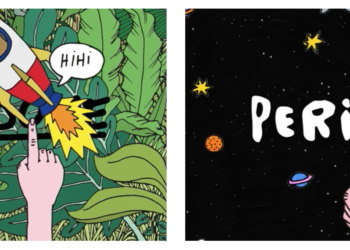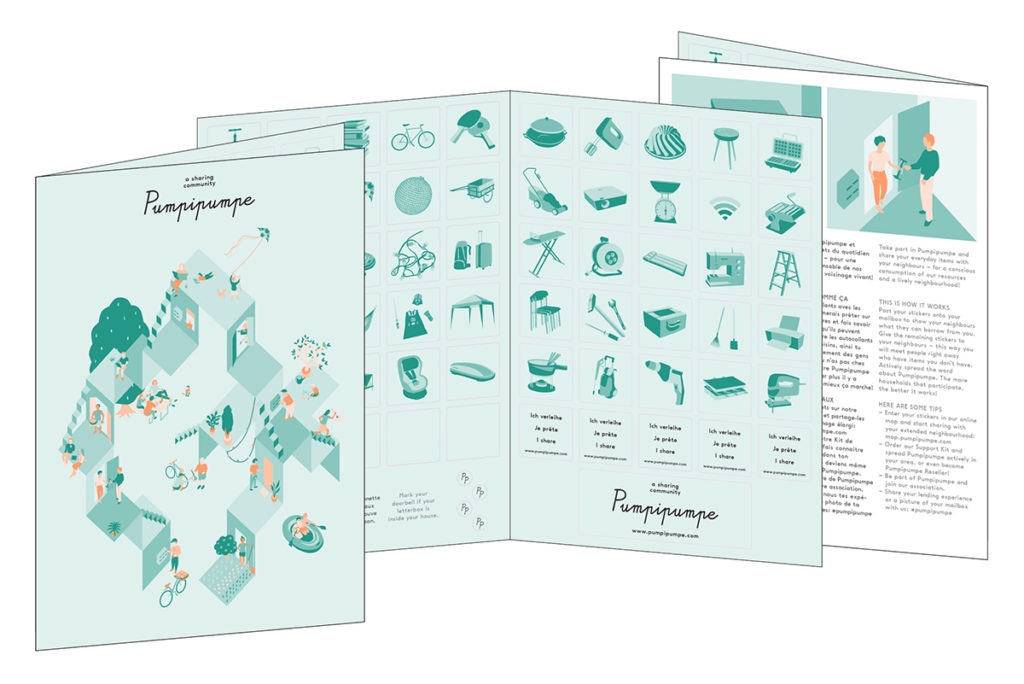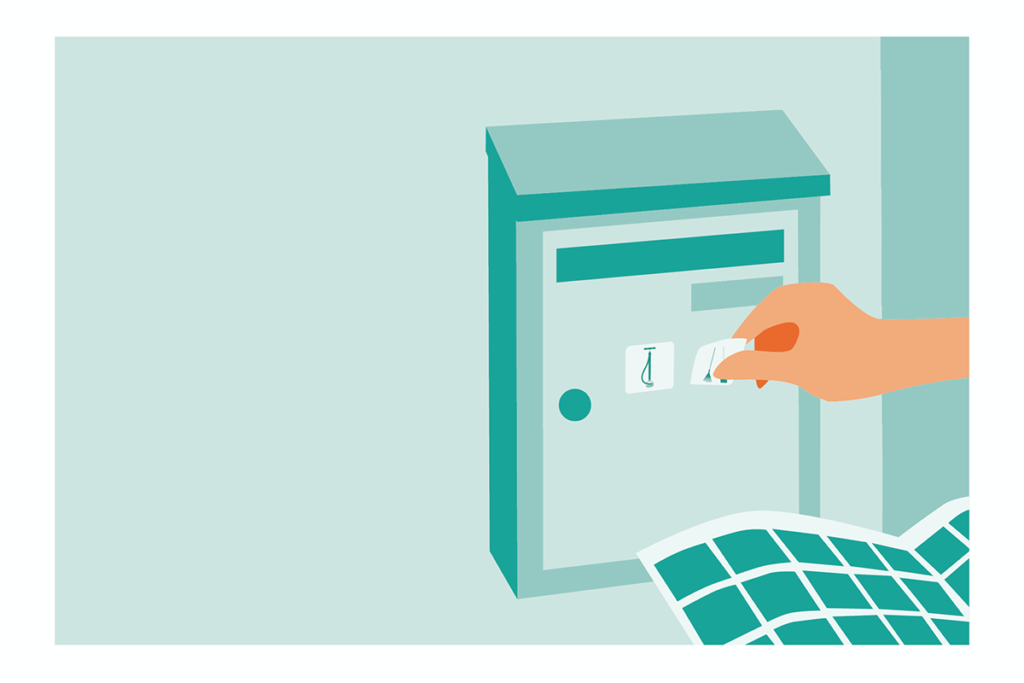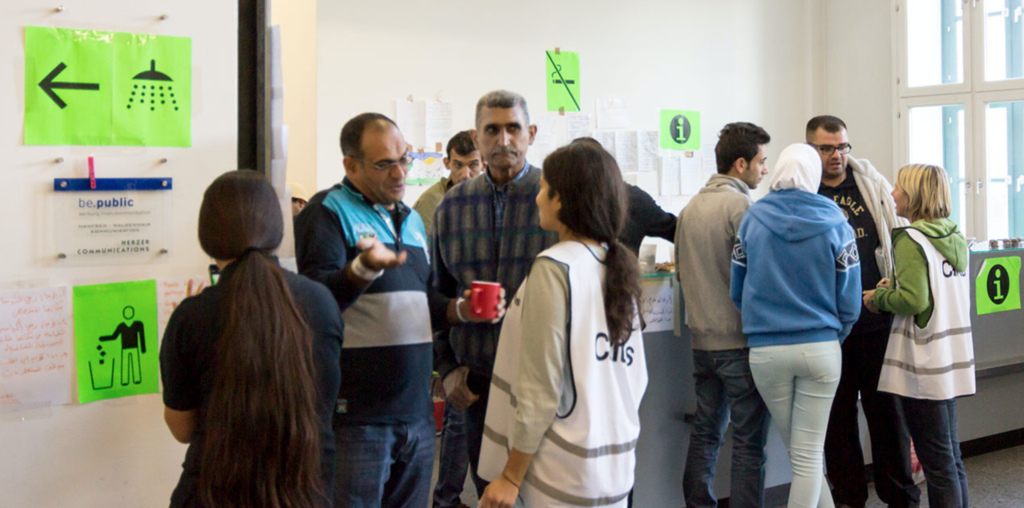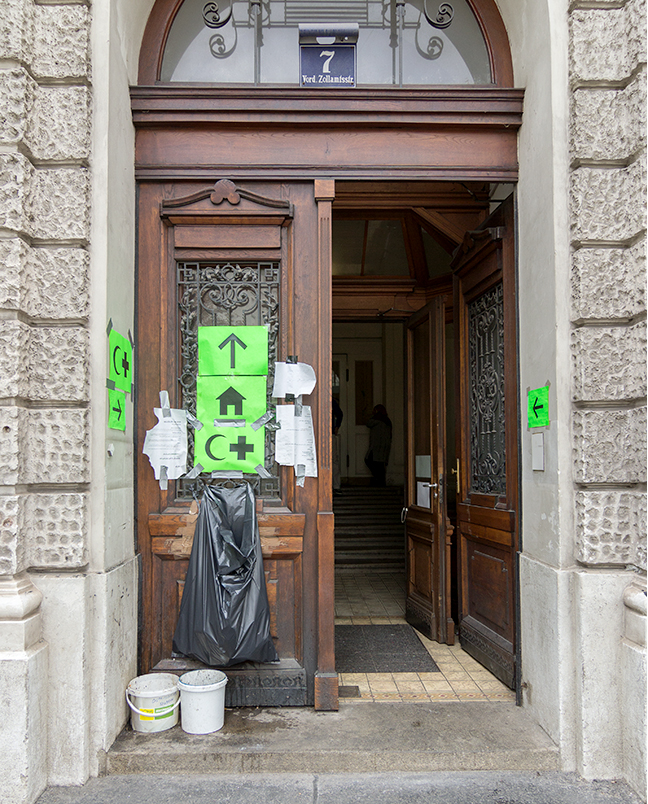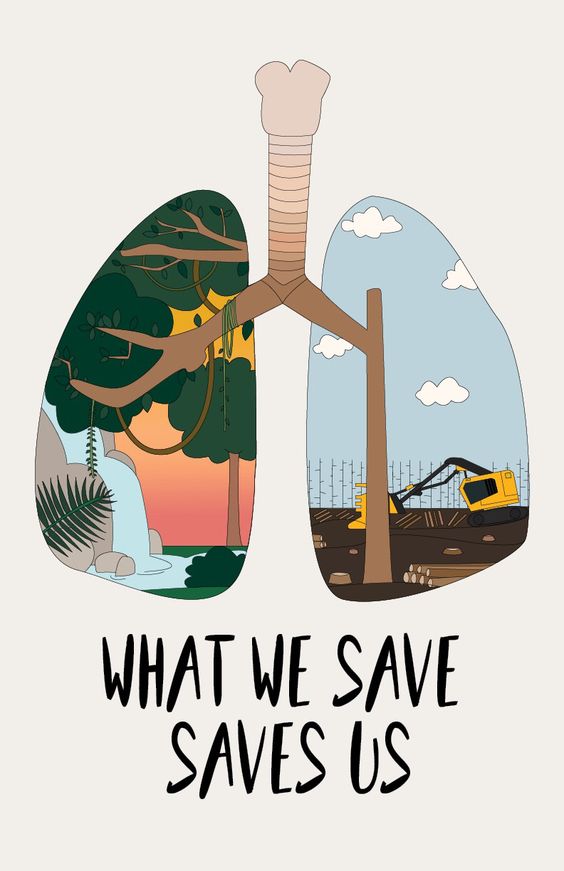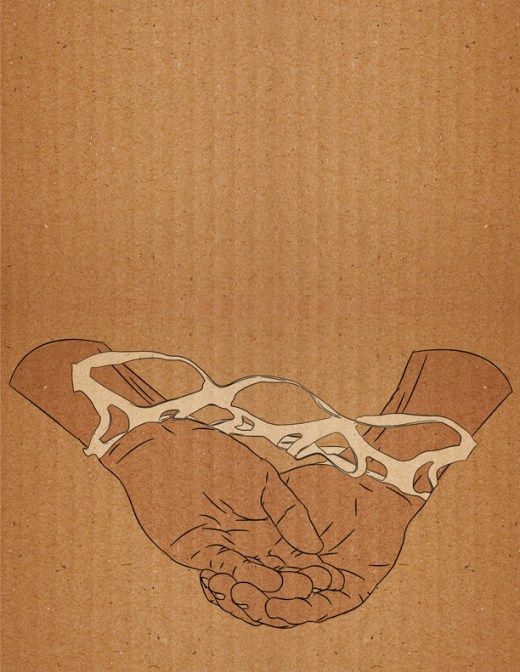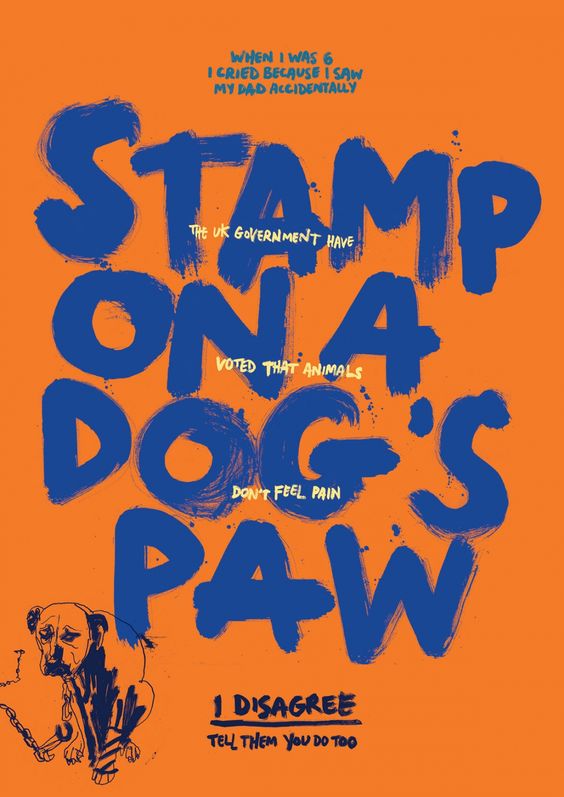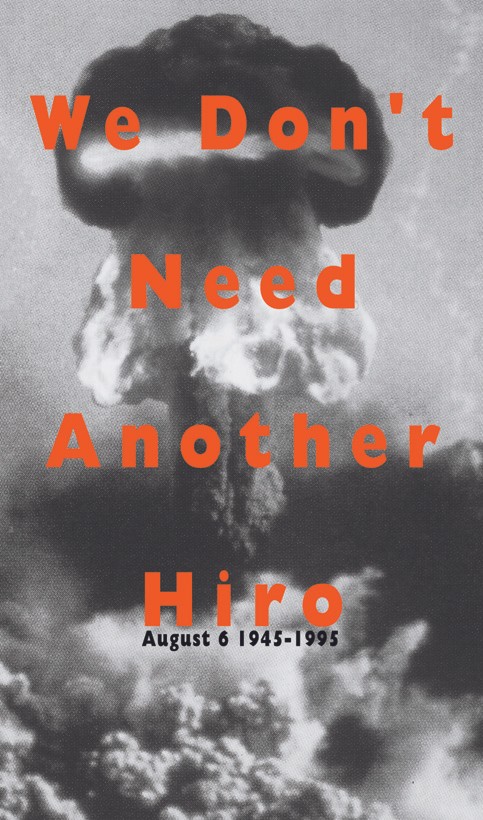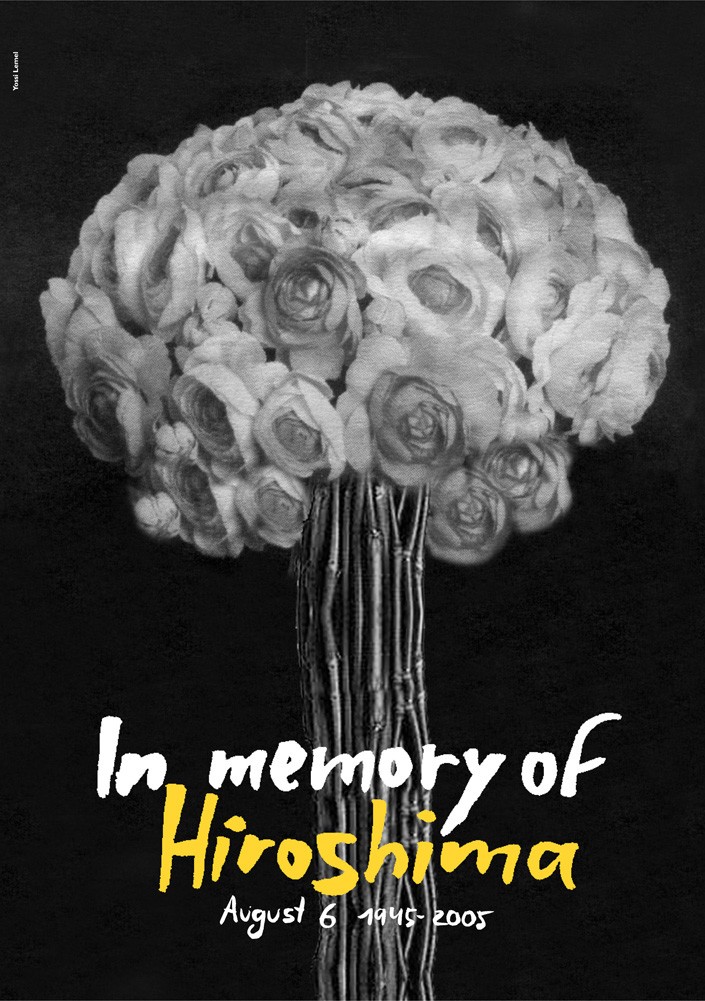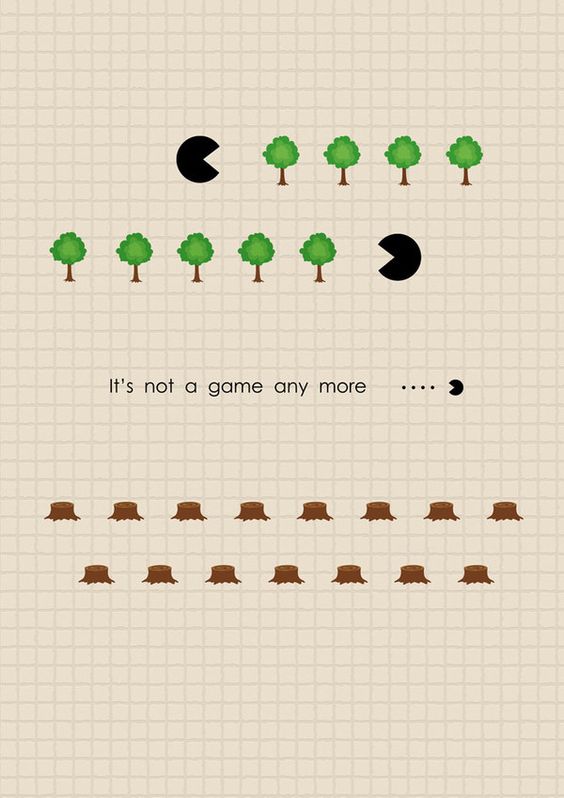In 2020, an analysis of Shutterstock search data showed the importance of protest art. Topics like inequality, environmentalism or Black Lives Matter were search terms which show that there is a need for images that both represent and inspire change. When you look at the action of protest itself – walking on the streets and raising your voice – protest art is a powerful tool to underscore and accompany the protest itself.
But what is protest art?
Protest art has the aim to promote activism and inspire social and political change. Therefore, it refers to a wide range of visual media and can be split in three categories, which influence each other:
- Art produced for demonstrations, such as posters, billboards, costumes, and performance art.
- Campaign art created by groups looking to raise awareness of a particular issue, and circulated in print or online.
- Artworks created by protest artists, which are displayed in galleries, online, or in the outside world.
Protest art aims to evoke both shock and empathy in relation to issues that need attention. Basic design rules and carefully chosen words are used for this purpose. In today’s world, where protests, marches and demonstrations are almost the order of the day, also the role of protest art is getting bigger and more important.
Yet protest art is not an invention of the 21st century. It is just as much a part of human history as great discoveries, wars and inventions.
The history of protest art
The invention of the printing press was also at the same time the gateway to a world in which the mass distribution of art and literature was suddenly possible. Protest art was not exempt from this. The technology, which made it possible to reproduce prints by using repeatable, machine-accurate letters and images, also made visual design possible as we know it today. And through the freedom of visual design, ideas could spread without gatekeepers.
The invention of the printing press in 1455 also made it instantly easier for citizens to protest. They no longer had to rely purely on word of mouth and were able to mass disseminate their philosophies and ideas, which also turned against the church and the government, in a summarized, concise form.

Gutenberg’s printing press thus enabled entirely new avenues for protest through text. Art has always been used to supplement this text, but the early 20th century in particular is considered the time when visual art began to challenge the status quo. For example, Pablo Picasso led the reconstruction through Cubism, which in turn inspired the Bauhaus – who resisted the Nazis. This deconstruction, coupled with the ability to reproduce and share design, led directly to what we know as modern graphic design. The spirit of artistic protest was evident in the desire to deconstruct systems of oppression through modern, visual communication.
Protest art today
When it comes to protest art in today’s world, on the one hand you have a lot more reach through social media and can take your message around the world in no time, on the other hand it is increasingly important for protest groups – as well as companies – to stand out from the information overload and the multitude of visual signs. Protest art is no longer about the message alone, it’s about a unique brand identity. Logos, typography, and color schemes are just as important as they are in corporate identities for commercial companies. While the concept of branding might seem in contradiction with the anti-commercial nature of protest groups, the increasing visibility of and competition between groups online means that visual identities have quickly become a common feature of protest organizations.

For example, if you look at Black Lives Matter: it is a protest movement which has experimented with creating a visual identity. They have a logo (wordmark), color palette (black and yellow) and even typography. An independent design agency created it and the designers used a simple layout and a freely accessibly font, so the logo can easily be recreated – digitally and by hand. This is important for protest movements like Black Lives Matter as it makes it much easier to support the movement and spread the word.
Links:
www.shutterstock.com/blog/trends/2020-creative-trends
www.shillingtoneducation.com/blog/activism-design/
www.shutterstock.com/blog/designing-for-change-protest-art-now
www.wired.com/2014/07/11-classic-examples-of-design-for-political-protest/
www.designweek.co.uk/issues/14-20-october-2019/protest-by-design/
www.nationalgeographic.com/history/article/history-of-raised-fist-global-symbol-fighting-oppression
